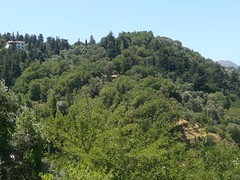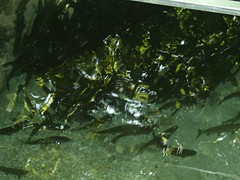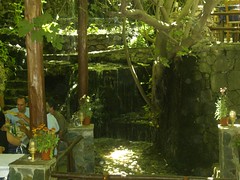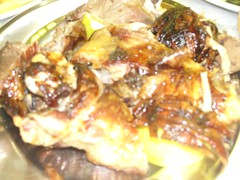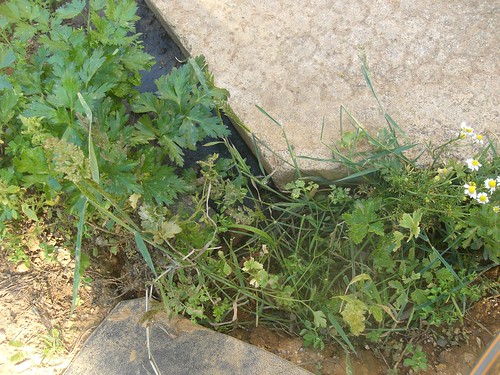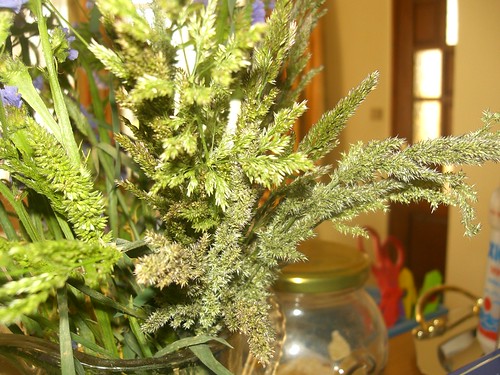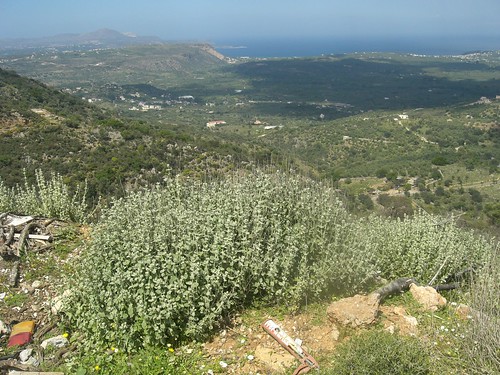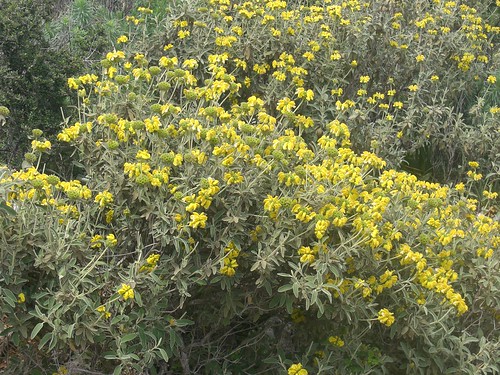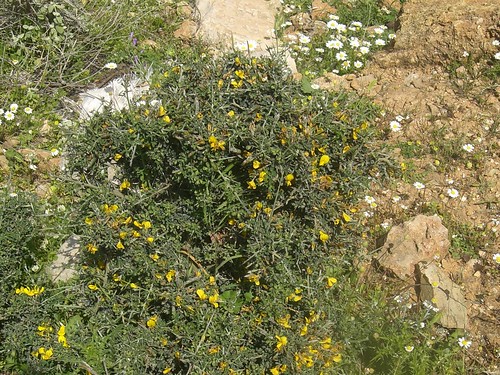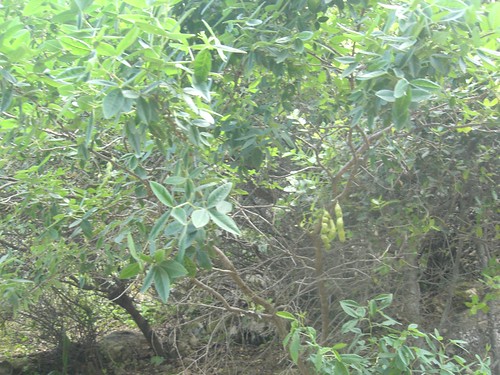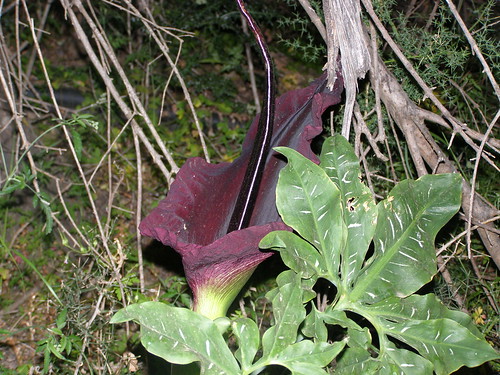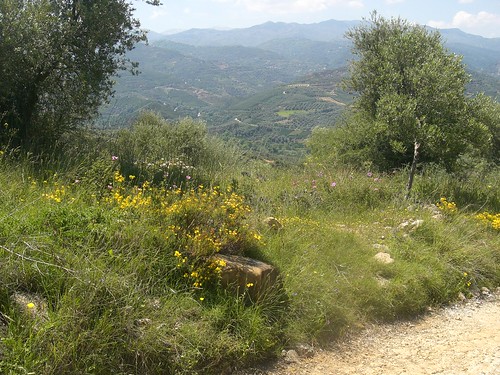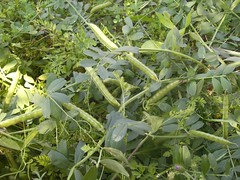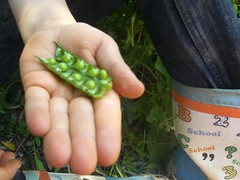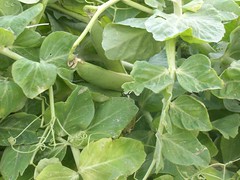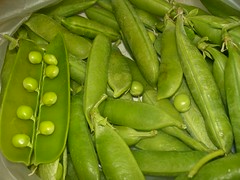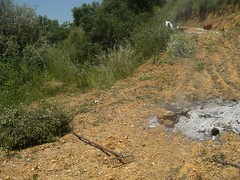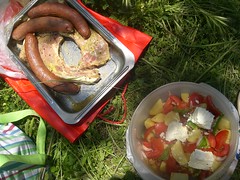The last time I went into a LIDL supermarket branch in my town, after paying for my purchases at the cashier with my credit card (LIDL Greece used to accept only cash in the recent past, but I guess old dogs do learn new tricks after all), I was given a voucher to take part in a draw for five 'lucky' winners (from all over Greece, mind you) who would get their liquid heating fuel paid for that year. All I had to do was fill in my details on the ticket. Since we aren't using liquid fuel for heating any more, I offered my voucher to the person standing behind me in the queue.

"Oh, I don't need it either," she said to me. "We've got a fireplace." We both laughed, and I offered it to the next person. Same thing; I don't know who got it in the end, and it really doesn't matter anyway; the point is to show how useless prizes can be, and how cut-throat competition is between supermarkets.
It sounds 'obscene' (as one reader put it) that "(a) in the 21st century we're burning trees
for heat, and (b) in Greece, land of the burnt-our-arsoned countryside, we
would actually deliberately burn our last trees for short-term benefits". To put it bluntly, it also sounds absurd that this is what Greek citizens have been reduced to - burning anything flammable just to keep warm. The greenest and most noble among us will be burning
nothing and keeping warm by wearing coats under our blankets (this is not a joke; it's quite true, no matter how difficult to believe it may sound). Calling Greeks arsonists is not far from the very common habit of the mass media depicting Greece as a country full of lazy, cheating, violent, rude, racist, tax-evading, troublemaking, thieving vandals, all part of the latest trend in 'crisis pornography'; η κρίση πουλάει, as we say in Greek.

Olive wood burns very easily, so once a fire starts up in an olive field, it could easily get out of control if not watched properly. But lighting fires in olive groves is actually very common all over Crete. As long as there is no wind, a fire can be contained easily. The remains of a clearance come in as useful cooking apparatus: the barbecue. Pork steaks are the bbq meat of choice in Greece. Lamb chops are much more expensive, and beef is never seen on a Greek barbecue. Barbecues nearly always consist of charcoal - gas barbecues are simply not very common. The wood-scented aroma of the meat is particularly fragrant - and very tempting.
 When my husband clears wood from the field, he thinks it is a waste not to use the remains of the fire. It's a perfect time for pork steaks and sausages.
When my husband clears wood from the field, he thinks it is a waste not to use the remains of the fire. It's a perfect time for pork steaks and sausages.
You need:
the charcoal embers of an open fire
a folding barbecue grill that holds meat securely
a rake
some rocks
heat-resistant gloves
4 pork steaks
4 sausages
2 lemon halves
salt, pepper and oregano


Place the rocks on the ground and rake the embers between them. Make sure there are no flames. Secure the meat and sausages in the grill. Rub the grill on both sides with the lemon halves. Place the grill on the rocks above the embers. Sprinkle salt, pepper and oregano over the meat. Wearing heat-resistant glove, check the meat and turn when it is cooked on one side. Season the meat on the other side and cook till done.

If it's warm enough, you can stay at the field and picnic around the fire. We just made it back to the car when it began raining heavily just after the meat was cooked. At any rate, our olive grove is located on a hill and there is just enough standing room on the terraces where the olive trees are rooted. Not very comfortable - one wrong move and you could end up rolling down.
©All Rights Reserved/Organically cooked. No part of this blog may be reproduced and/or copied by any means without prior consent from Maria Verivaki.

The
picturesque character of this scene relies on keeping olive trees
trimmed, so that their shape and size makes it suitable to harvest the
fruit efficiently.
"Oh, I don't need it either," she said to me. "We've got a fireplace." We both laughed, and I offered it to the next person. Same thing; I don't know who got it in the end, and it really doesn't matter anyway; the point is to show how useless prizes can be, and how cut-throat competition is between supermarkets.

Long branches of olive trees with many twiggy tops (known as φούντες - tufts) make up the bulk of what is burnt on the field. Only logfire wood is marketable. Olive leaves are also used as fertiliser, but the twigs and branches do not have further use in Crete at the moment (they may eventually be worked into pellets for pellet-burning heaters). It is too costly to remove them for burning elsewhere and they are difficult to dispose. But they need to be cleared from the field because olive trees need regular trimming - things grow quickly in Crete.

You need:
the charcoal embers of an open fire
a folding barbecue grill that holds meat securely
a rake
some rocks
heat-resistant gloves
4 pork steaks
4 sausages
2 lemon halves
salt, pepper and oregano


Place the rocks on the ground and rake the embers between them. Make sure there are no flames. Secure the meat and sausages in the grill. Rub the grill on both sides with the lemon halves. Place the grill on the rocks above the embers. Sprinkle salt, pepper and oregano over the meat. Wearing heat-resistant glove, check the meat and turn when it is cooked on one side. Season the meat on the other side and cook till done.

If it's warm enough, you can stay at the field and picnic around the fire. We just made it back to the car when it began raining heavily just after the meat was cooked. At any rate, our olive grove is located on a hill and there is just enough standing room on the terraces where the olive trees are rooted. Not very comfortable - one wrong move and you could end up rolling down.
©All Rights Reserved/Organically cooked. No part of this blog may be reproduced and/or copied by any means without prior consent from Maria Verivaki.


